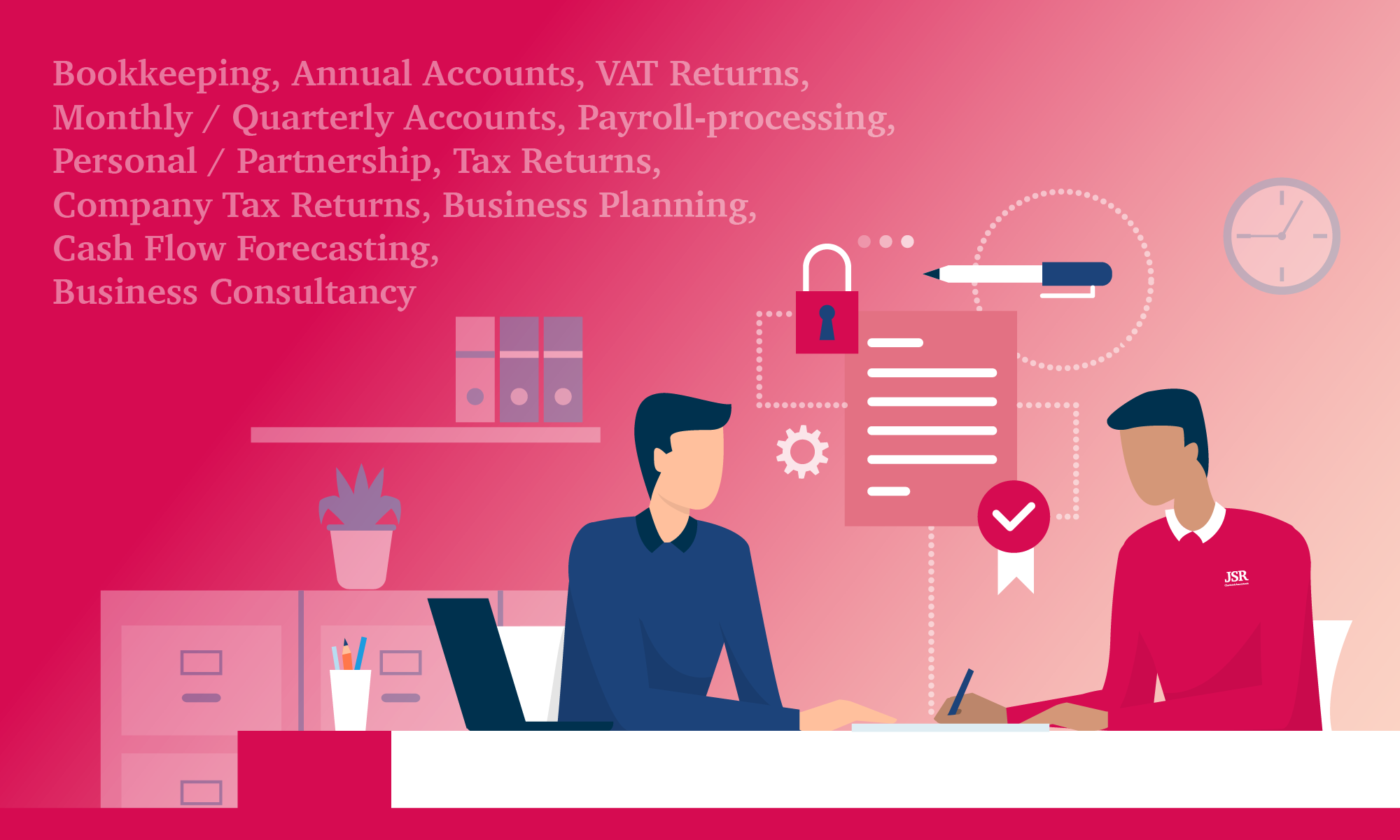HMRC’s new system of reporting PAYE and what it means for you and your business.
From 6 April 2013 you will have to start reporting PAYE information in real time. You may see this referred to as Real Time Information – or RTI. HMRC have introduced this new system for reporting PAYE for large and small business including Limited Companies with the main objective to enable more accurate PAYE reporting. The more accurate the information the better the chance that employees will be on the correct tax code and thus ideally, less mistakes from HMRC will be made.
What this really means is that HMRC will receive information on employers PAYE per pay period, rather than receiving it all at once at the end of the tax year. By receiving Pay As You Earn information in real time, HMRC have the opportunity to pick up on and amend any errors as they occur, rather than trying to reconcile a backlog of errors and inconsistencies at the end of the tax year. This decreases the likelihood of you being lumped with an unexpected penalty.
RTI is only relevant to employers, so if you operate as a sole trader, with no employee’s, the changes do not apply to you. As the director of a Limited Company however, you do have to report your PAYE salary, if you take one, when it is paid to you as an employee of your Company.
What do you have to do?
As an employer, each time you pay an employee, you already keep payroll information. After 6 April 2013 you will still operate PAYE in the same way but you must submit the payroll information you already keep to HMRC on or before the day you pay your employees. Your payroll software will generate the new reports you need and submit payroll information online, (please check with your current payroll software provider now to ensure all is in order). These will include details of:
- the amount you paid your employee(s)
- deductions, such as Income Tax and National Insurance contributions (NICs)
- starter and leaver dates if applicable
You need to include the details of all employees you pay, including those who earn below the NICs Lower Earnings Limit (LEL), for example students.
You no longer submit end-of-year forms P35 and P14 and the starter and leaver process is simplified. You continue to give your employee a form P45 (employee parts) when they leave but you no longer send forms P45 (part 1) or P46 to HMRC. Instead you must report all starter and leaver information via your payroll software each time you pay someone. When you run payroll, your software gathers the PAYE information you send to HMRC, based on the payroll entries you make.
You can use any RTI-enabled commercial payroll software (there are some free packages available) or HMRC’s Basic PAYE Tools package which is designed for employers with nine employees or fewer. You submit your PAYE information online to HMRC using commercial payroll software or HMRC’s Basic PAYE Tools, if it’s suitable for you. You do this via the Government Gateway, the online entry point to government services. You cannot use HMRC’s PAYE Online Returns and Forms direct from the HMRC website to send this PAYE information.
It’s very important you use accurate employee details, such as full name, home address, date of birth, National Insurance number and gender before the new PAYE real time is introduced within your business. By doing this you will:
- ensure employees pay the correct Income Tax and NICs
- make it easier to match the information you send with HMRC’s record of your employee
- reduce the number of employee queries you receive from HMRC
The best way to check these details are correct is to verify them against a birth certificate, passport, driving licence or official document from HMRC or the Department for Work and Pensions.
RTI will be beneficial for you because your remittance advice will be accurate and the information held by HMRC will all be correct meaning no nasty surprises, no confusion and hopefully faster processing from the HMRC.
For further information on RTI payroll please feel free to contact us on info@jsrcharteredaccountants.co.uk,
See also http://www.hmrc.gov.uk/payerti/getting-started/index.htm

